So, you’ve launched your startup—fancy pitch deck, cool logo, maybe even early traction. But here’s the brutal truth: your SEO game is weak, and your traffic? Barely breathing. No one’s finding your startup through search engines, and your Google Search Console looks like a desert.
Welcome to the early-stage SEO grind. Getting real traffic as a new startup isn’t easy. But it’s possible—and faster—with the right tools. Plerdy helps you skip the guessing and build an SEO strategy that actually drives traffic to your startup website from the beginning.
Why Startup SEO Is So Damn Hard at the Beginning?
You’re not alone. Every early-stage startup hits the same wall:
- No domain authority, so Google doesn’t trust you yet.
- Thin content, zero backlinks, and messy structure.
- Limited time and budget to focus on SEO.
- Traffic sources are inconsistent or missing altogether.
Even giants like Airbnb or Shopify had to fight for organic traffic when they started. SEO isn’t something you sprinkle on later—it’s a startup survival skill. And this is where Plerdy starts to shine, giving you the data you need to make smart moves and get that initial SEO traction.
Plerdy: Your Startup’s Secret SEO Weapon
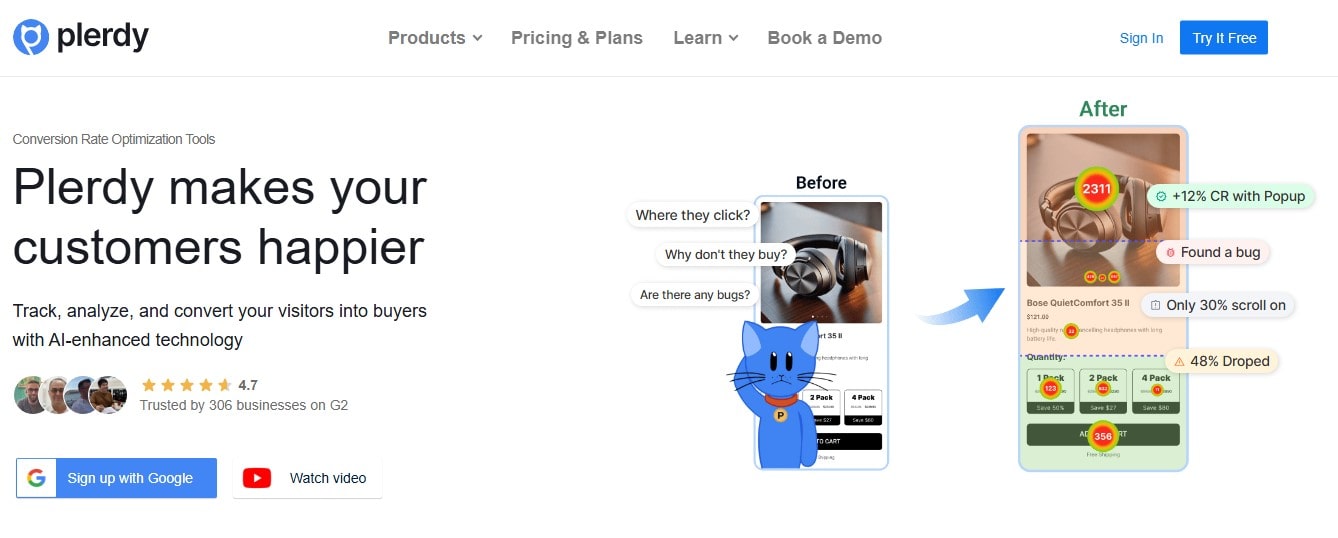
Let’s be real—startup life is chaotic. You wear 12 hats a day. You don’t have time to study Google algorithms for fun. Plerdy helps you cut through the noise with SEO tools tailored for growth-focused startups.
It’s got everything you need to optimize your SEO, monitor UX, and understand what actually drives traffic to your pages. Plerdy combines heatmaps, SEO checkers, user journey tracking, and behavior analytics. All under one roof.
Here’s a quick breakdown of how it helps:
| Plerdy Tool | Startup SEO Use | Traffic Result |
|---|---|---|
| SEO Checker | Fix meta tags, headers, alt texts | Improves keyword ranking and traffic potential |
| Heatmaps | Track where users click and scroll | Find and fix traffic-killing UX issues |
| Pop-Up Forms | Capture leads and boost offers | Converts traffic into email signups |
| Session Replay | Watch user behavior live | Diagnose why visitors don’t convert |
Clean Up the SEO Mess First
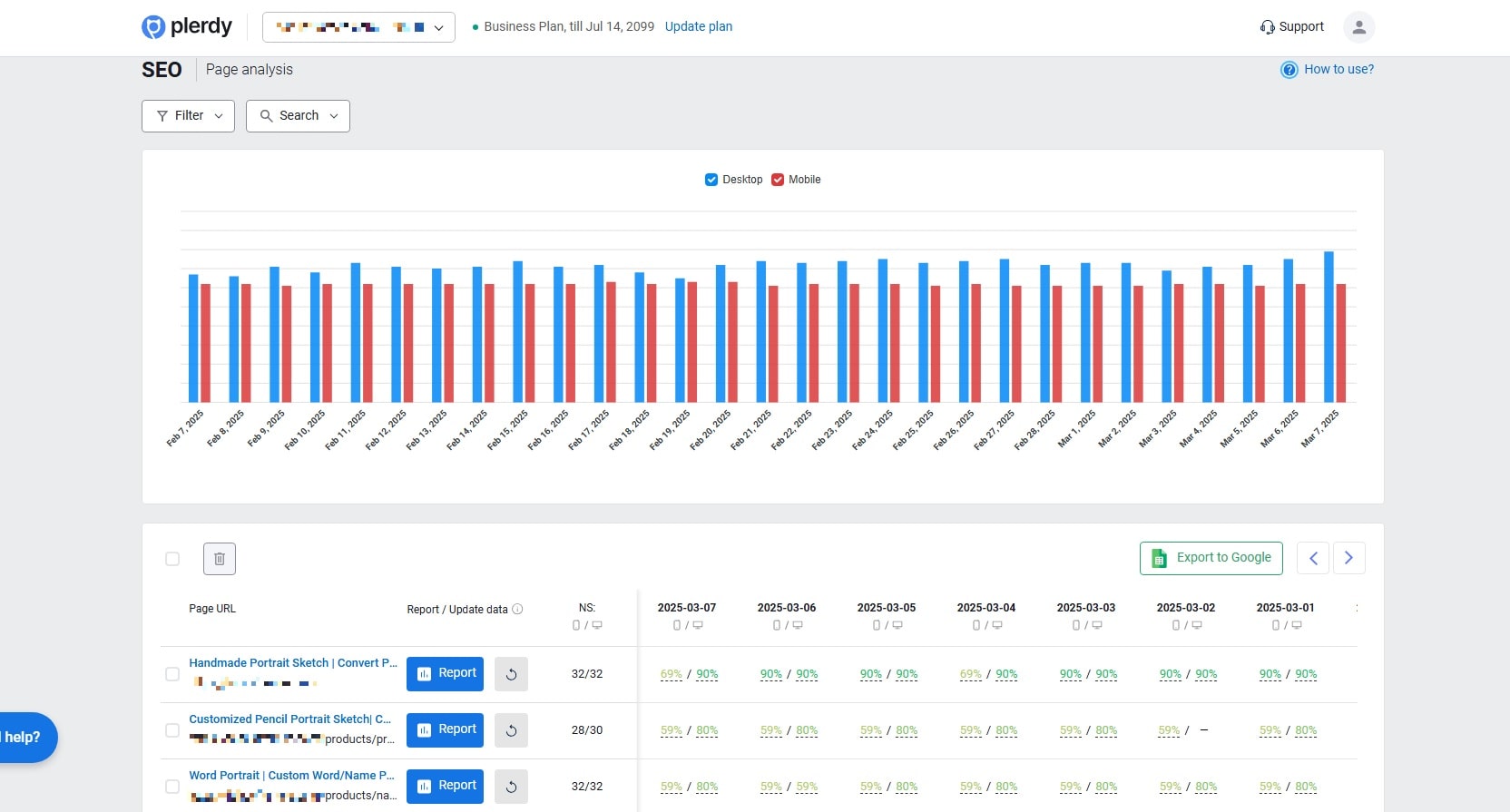
Startup websites are often messy in the beginning. Titles are too long, descriptions are missing, alt texts are nonsense. Fixing these basics isn’t sexy, but it’s critical.
With Plerdy’s SEO Checker, you can audit your startup website in minutes. One SaaS startup fixed over 50 duplicate meta issues and saw a 55% traffic boost in just three weeks. Real numbers, real growth. If you don’t optimize these SEO foundations, your traffic stays stuck at zero.
Write Smart SEO Content that Attracts Traffic
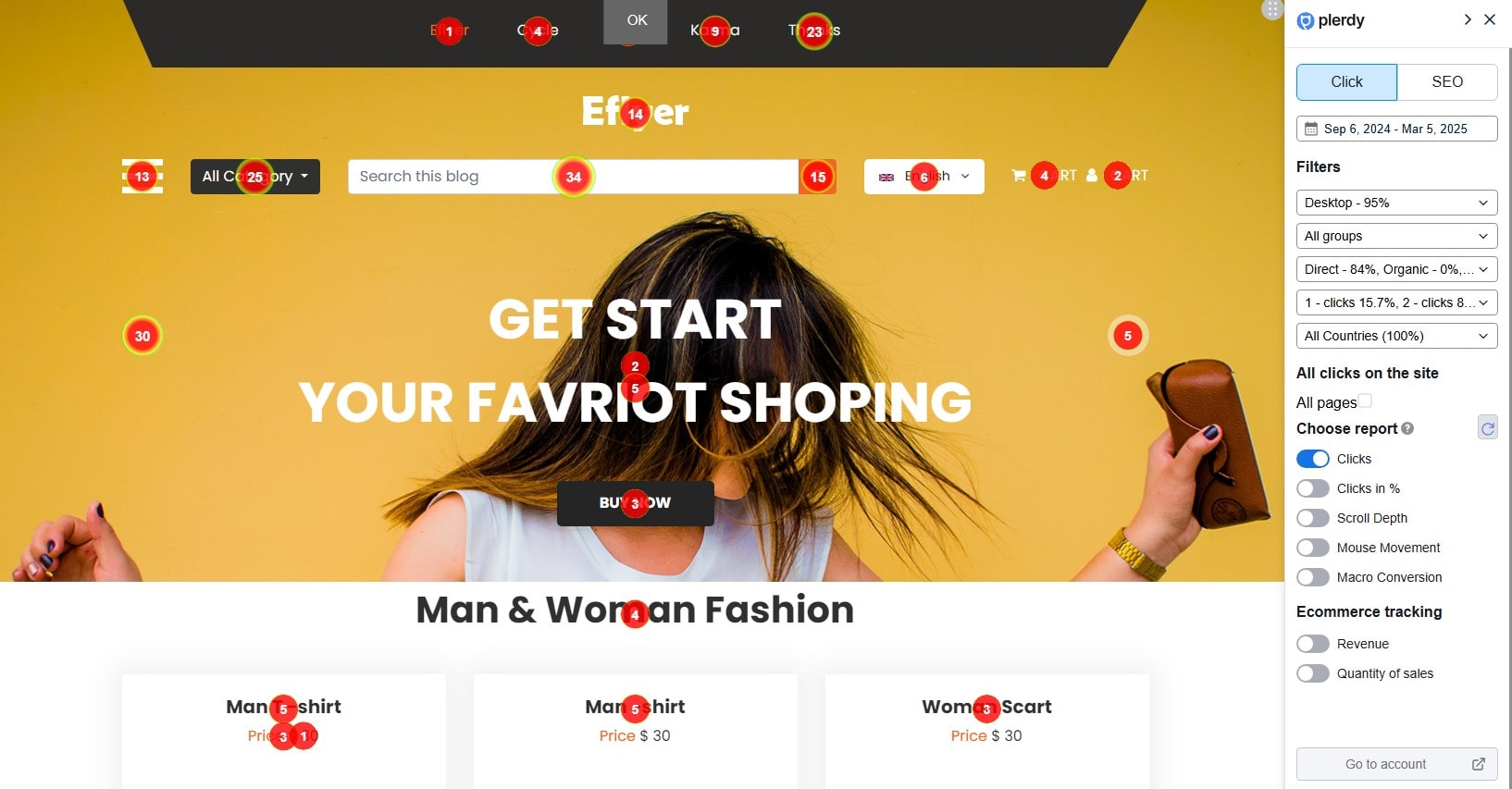
Don’t waste time with random blog posts. Use long-tail keywords that match startup user intent. Instead of “growth tips,” aim for “SEO strategies for bootstrapped startups.” It’s more specific, less competitive, and better for traffic.
Check where users click using Plerdy’s heatmaps, then build content around those topics. This gives your SEO strategy actual direction—and drives startup traffic based on user behavior, not just keyword trends. Go deeper with reports like Clicks in %, Scroll Depth, and Mouse Movement. You’ll know exactly what startup visitors see, where they hesitate, and what triggers action. With Plerdy, you’re not just improving SEO blindly—you’re boosting targeted traffic with real-time data. Add macro-conversion and ecommerce tracking, and your startup suddenly gets a full picture: what content performs, what sells, and how to scale SEO traffic smart.
Visualize the User Journey and Improve It
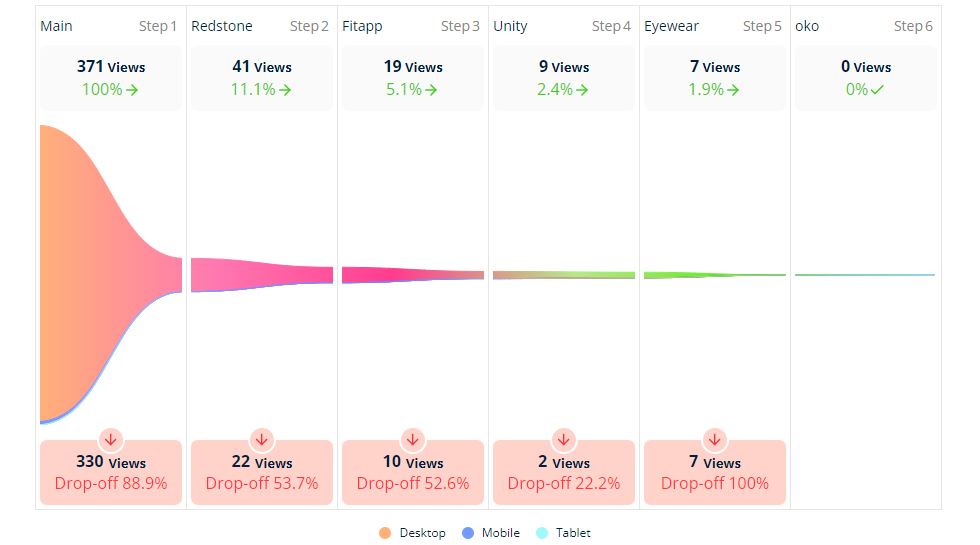
Most startups build funnels with hope, not data. But traffic doesn’t mean anything if users don’t convert.
With Plerdy’s funnel analysis and heatmaps, you track how users move from landing page to sign-up. One startup noticed 70% of their traffic left before hitting the pricing page. Turned out the “Start Free Trial” button was invisible on mobile. Fixing that doubled conversions in 10 days.
Plerdy makes it super simple to build a startup-friendly funnel—just select the first landing page users reach through organic or paid traffic. Add the second and third steps, for example, product pages or a cart. Finalize it with a “Thank You” or order confirmation screen. Every step must be unique, or Plerdy won’t collect the right SEO insights. You can even segment traffic by channel and device. This helps startups discover exactly where and why users drop off—maybe on mobile, maybe from Facebook ads—and fix it fast. Better funnels mean better startup SEO, more qualified traffic, and higher conversion rates without spending a fortune on ads.
UX and SEO Work Together—Don’t Ignore It
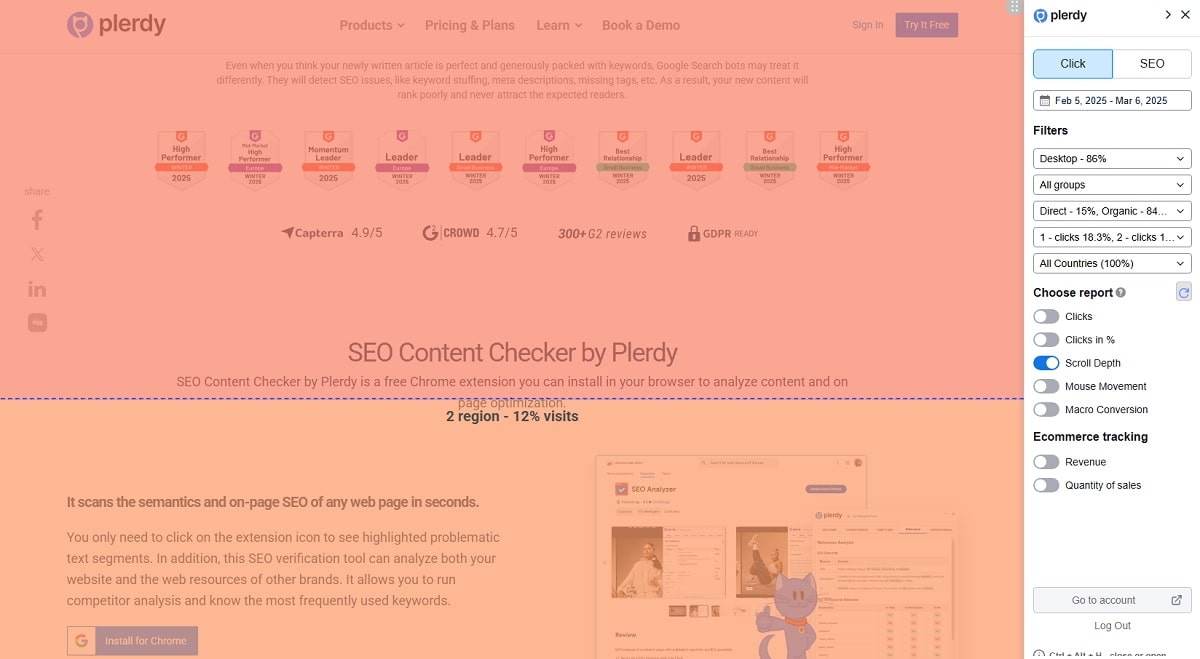
You can’t grow startup traffic if your UX sucks. Google now watches how users behave—scrolling, bouncing, rage-clicking. If people leave your page fast, you lose rankings.
Plerdy tracks mouse movements, scroll depth, and engagement zones. These UX signals directly influence your SEO. Make users happy, and Google rewards you with more traffic.
Clicks, Scroll Depth, Staying a Mouse, and Clicks in %—these aren’t just fancy terms. They’re startup gold. With Plerdy’s heatmap tools, you see exactly where users stop scrolling, what buttons they miss, and which sections of your website get the most attention. This helps optimize every inch of your page. Want to know what elements drive traffic or sales? Use the Macro Conversion and Revenue reports. They show exactly what your users click before converting. That’s real SEO power—based not on assumptions, but on actual user behavior. For startups fighting for visibility, this kind of insight makes the difference between ranking and being ignored.
Convert Traffic Faster with Popups and Offers
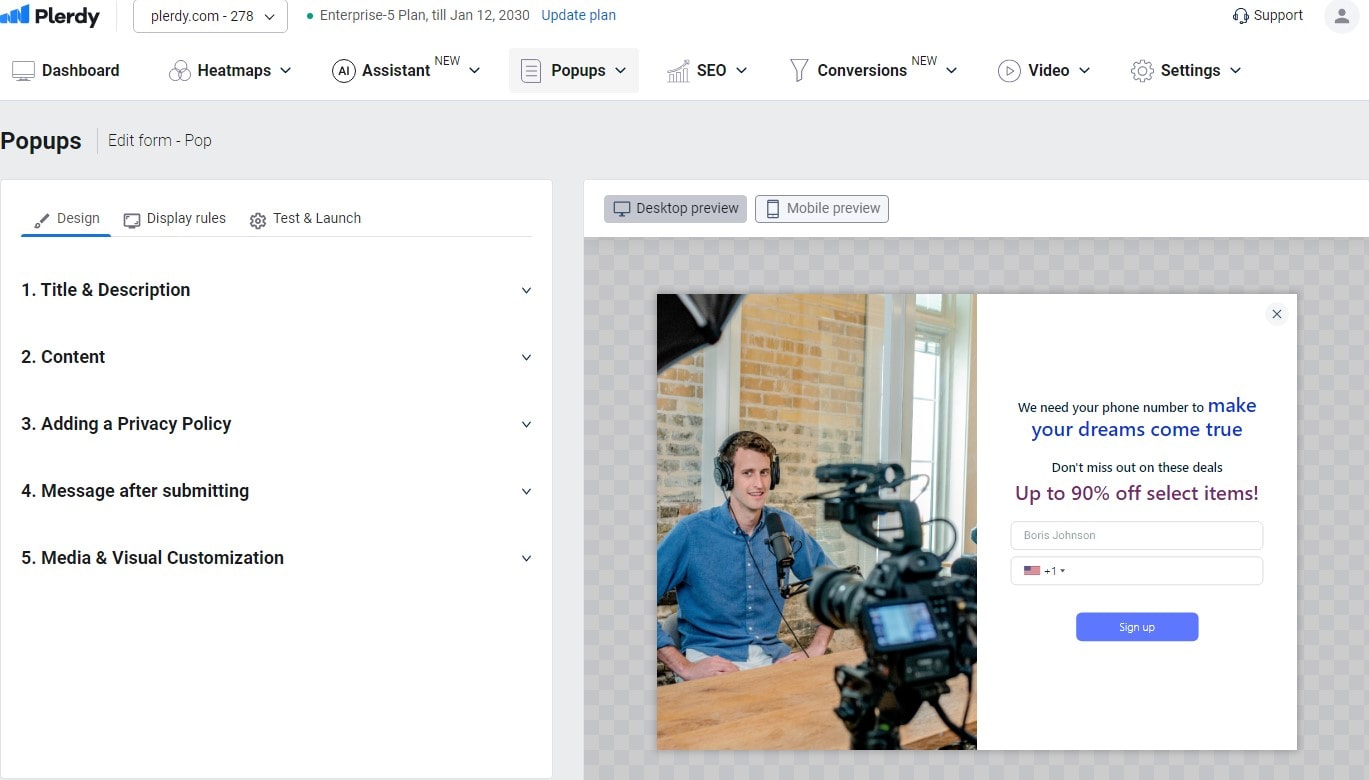
Startups can’t wait forever. You might get traffic, but it means nothing if no one signs up, buys, or downloads.
Use Plerdy’s pop-ups to offer discounts, content upgrades, or newsletter signups. One ecommerce startup captured 1,200 emails in under a month—just by adding a “10% off your first order” popup. More traffic, more conversions.
Plerdy’s pop-up forms come in different flavors—lead generation, promotional, feedback, engagement, and custom formats. For any startup trying to grow SEO visibility and drive conversions fast, they’re a game changer. Launching one is dead simple: create your form, set the display rules (exit intent, scroll %, etc.), and boom—you’re live. Want to personalize by traffic source? Plerdy lets you target forms based on traffic channels, like organic, social, or paid. You can even set up remarketing based on who clicked or closed the pop-up. That’s how startups scale SEO performance and squeeze more value out of every visit.
Real-Time Fixes with Session Replay
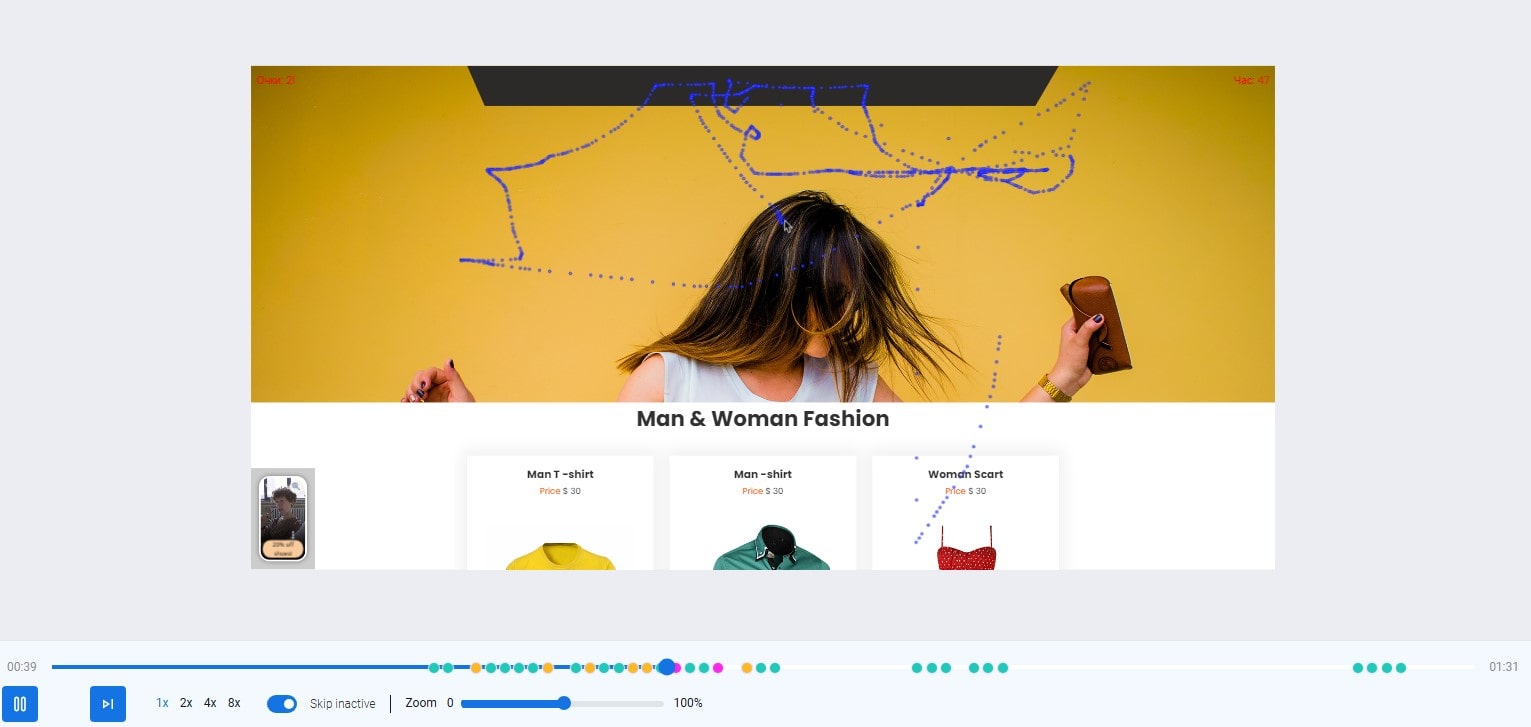
Let’s say your traffic suddenly drops. Analytics might tell you “pageviews are down,” but not why. Plerdy’s session replay shows you exactly what users did before leaving.
You’ll spot bugs, confusing layouts, or CTAs that don’t work. Fix those fast. For startups, speed is survival, and Plerdy gives you real-time traffic behavior insights to move quickly.
Why Plerdy Over Traditional SEO Tools?
You might’ve heard of Moz, Ahrefs, or SEMrush—and they’re great. But most of them focus only on backlinks and technical SEO. Plerdy goes further for startups.
- Traditional tools: show data from search engines.
- Plerdy: shows how real people behave on your site.
For startups trying to increase traffic, that’s a game-changer. You can actually see how SEO changes affect user experience and conversions. Not just guess.
Final Thoughts – Time to Scale That SEO
Let’s face it—early-stage startup SEO can feel like shouting into the void. But when you use a tool like Plerdy, you start getting real answers.
You’ll fix your SEO issues fast. You’ll understand your startup traffic. And most importantly—you’ll convert that traffic into real growth.
So if you’re ready to get serious about startup SEO and stop wasting time, start using Plerdy. No fluff. Just actionable insights and better traffic.
